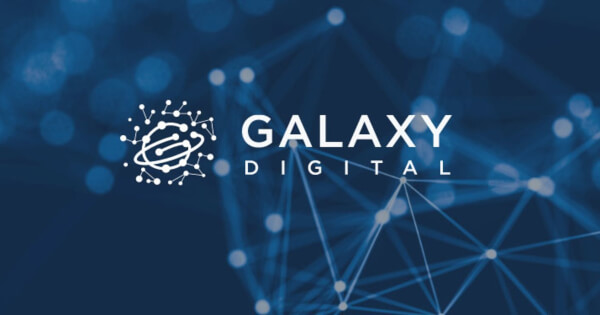Bitcoin Layer 2 Projects Surge: A Detailed Look at the Modular Future
Caroline Bishop Nov 20, 2024 05:33
Bitcoin Layer 2 projects have grown significantly, with a sevenfold increase from 2021 to 2024. Explore the impact of this growth on venture funding and the future of Bitcoin's modular ecosystem.

Bitcoin's Layer 2 (L2) projects have witnessed a remarkable growth trajectory, expanding from just 10 projects in 2021 to 75 by 2024, according to Galaxy Digital. This surge highlights the increasing interest and investment in enhancing Bitcoin's scalability and functionality through secondary layers.
Rapid Growth in Venture Funding
The investment in Bitcoin L2 projects has also seen a significant uptick. In 2024 alone, more than 36% of all venture funding in Bitcoin L2s was allocated, with a total of $447 million invested since 2018. This influx of capital is aimed at developing robust applications and new use cases for Bitcoin (BTC), potentially bridging over $47 billion of BTC into Bitcoin L2s by 2030.
Evolution of Bitcoin Layer 2s
The concept of scaling Bitcoin through additional layers has been part of the cryptocurrency's narrative since its inception. Initially, this idea was explored through projects like Tether on the Omni Network in 2014. The debate over scaling Bitcoin's base layer versus developing performant L2s culminated during the "Blocksize War" in 2017, leading to the activation of SegWit and the launch of Bitcoin Cash. SegWit paved the way for the Lightning Network, a prominent L2 solution focused on fast and inexpensive payments.
Recent developments, such as the rise of Ordinals and advancements in Rollup technology, have renewed interest in Bitcoin's L2 ecosystem. These innovations are aimed at overcoming Bitcoin's limitations in supporting smart contract applications, with Rollups and Sidechains emerging as key solutions.
Bitcoin Rollups and Sidechains
Rollups and Sidechains are the two primary categories of Bitcoin L2 solutions designed for general-purpose application development. Rollups offload transactions from the base layer, providing faster and cheaper transactions, while Sidechains operate as independent blockchains with their own consensus mechanisms.
Rollups can be further divided into Validity Rollups, which use cryptographic proofs, and Optimistic Rollups, which assume correctness until challenged. Sidechains, on the other hand, enhance scalability by creating parallel blockchains with larger and faster blocks.
Investment and Market Outlook
Investment in Bitcoin L2s has been robust, particularly in 2024, with Sidechains receiving the lion's share of funding. The sector's growth is fueled by the potential for high-yield applications that can attract liquidity from existing wrapped BTC markets. With the emergence of innovative solutions, Bitcoin L2s are positioned to capture a significant market share in the coming years.
The total addressable market for Bitcoin L2s is projected to reach $44 billion by 2030, assuming a gradual increase in the share of BTC supply engaged in DeFi and L2s. This growth is contingent on the development of competitive DeFi ecosystems on Bitcoin L2s, which could rival those on Ethereum.
Future Prospects
The success of Bitcoin L2s hinges on their ability to offer higher yields than current DeFi solutions on Ethereum. Bridging BTC to new L2s could become more attractive if these solutions provide competitive yields and secure alternatives for using BTC in DeFi. The continued investment and innovation in Bitcoin's L2 ecosystem are expected to play a crucial role in its evolution, with a few key players likely to dominate the market over the next six years.
Image source: Shutterstock.jpg)